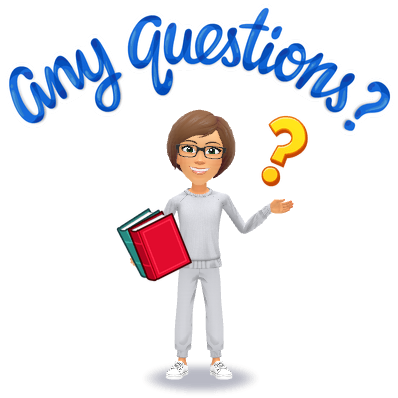

The best way to teach and learn grammar, mechanics, conventions, style, rules, or whatever you want to call it, is to study and practice it in context. In our district, we support writers with the works of Jeff Anderson, Jennifer Serravallo, and the lessons found in the Units of Study, particularly in the If…Then…Curriculum of the Writing Units. While doing this work, we can pull mentor sentences from our read alouds, independent reading, and any other example of great writing.
What can we learn from great writing and great writers?
While reading the first chapter of Jason Reynolds’ Look Both Ways: A Tale Told in Ten Blocks, I was blown away by some of the great mentor sentences I could pull that reflect not only the elaborate style of “show not tell” but also the use of punctuation. Just look at this incredible example right on page one!


There are so many lessons that can be pulled from here, but sometimes it’s best to keep it simple. For example, look at the mentor sentence below.

By presenting a sentence and asking what they notice, it invites students to look at not just what authors do but also why they do it? What impact does the comma have on this sentence? What about the hyphens? Can we create rules for these or start an anchor chart? This is done best when students can talk it out with one another. In a remote setting it may be a slow discussion in Schoology or Google Classroom if not live.
Building an anchor chart over time

How about the comma in the mentor sentence below ? What do we notice? What impact does this comma have on the sentence? Can we continue to add to the anchor chart?


Not only are we focusing on the rules of punctuation, but we are examining beautifully written sentences that emphasize the magic of elaboration and “show don’t tell”.
Now how about this one? There are multiple commas. What do you notice about the commas? What impact does each have on the sentence? Can we add another rule to the anchor chart?


Jason Reynolds is my hero!
Look at more of the beauties I found just in chapter 1, focusing on similes, sensory details, commas, hyphens, dashes, italics, contractions, possessive nouns, types of sentences, dialogue, quotations, ellipses, and so much more!








Sentence stalking
Once you have students noticing and examining what authors do and how the writing is impacted, you can invite students to imitate and look into their own writing to use or correct.
You can also encourage students to pay attention to their own independent reading books for mentor sentences they can collect or even share with moves they can try to use within their own writing. Here’s one I found last night while reading.


What about grammar exercises?
There are many who learned grammar the traditional way with grammar textbooks, worksheets, and sentences to diagram or those who look to sites that are the modern version of those same things, but the research behind the effectiveness of that approach is very telling.
Teaching grammar will not make writing errors go away. Students make errors in the process of learning, and as they learn about writing, they often make new errors, not necessarily fewer ones. But knowing basic grammatical terminology does provide students with a tool for thinking about and discussing sentences. And lots of discussion of language, along with lots of reading and lots of writing, are the three ingredients for helping students write in accordance with the conventions of standard English*.
NCTE National Council of Teachers of English
For more on this, here is a short podcast/blog post “How to Deal with Student Grammar Errors” from The Cult of Pedagogy by Jennifer Gonzales.
How do I know what to teach?

The best places to look include:
- The Writing Progressions for each genre found in the Units of Study online resources under the title Writing Pathways.
- Student Writing for patterns and needs based on pre assessments, post assessments, and entries in the writer’s notebook.
- The Eligible Content found in the PA Standards.
- The Scope and Sequence recommended by PATTAN (click here). Look to see when skills should be introduced, reinforced, and mastered. The development of a skill and the need for reinforcement is generally spread out over several grade levels.

I do accept as true with all of the concepts you have offered on your post.
They are very convincing and will definitely
work. Nonetheless, the posts are very brief for newbies.
May just you please lengthen them a little from next time?
Thank you for the post.
LikeLike
Thank you for your feedback 🙂
LikeLike
I was suggested this blog by my cousin. I am not sure whether this post
is written by him as nobody else know such detailed about my problem.
You are incredible! Thanks!
LikeLike